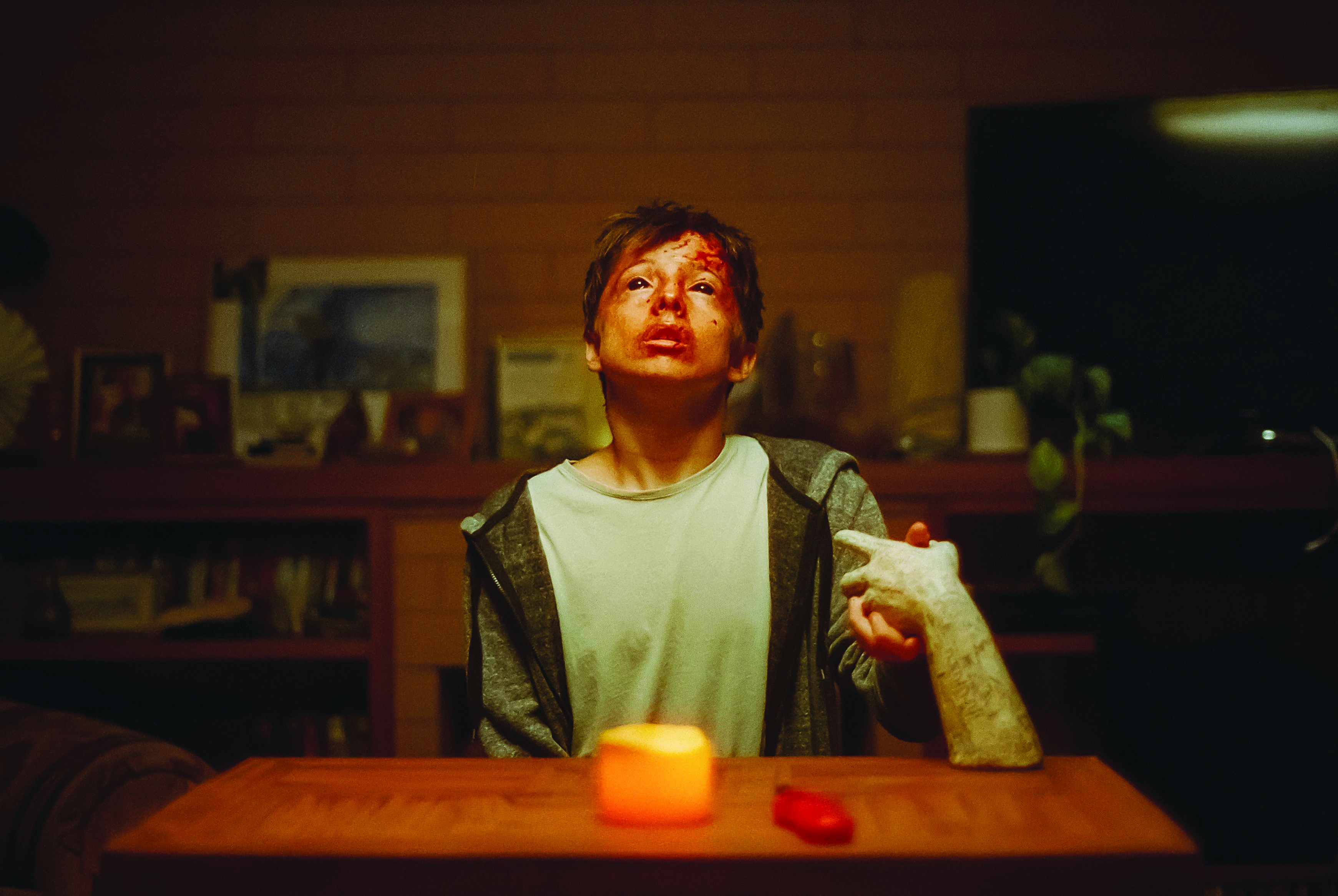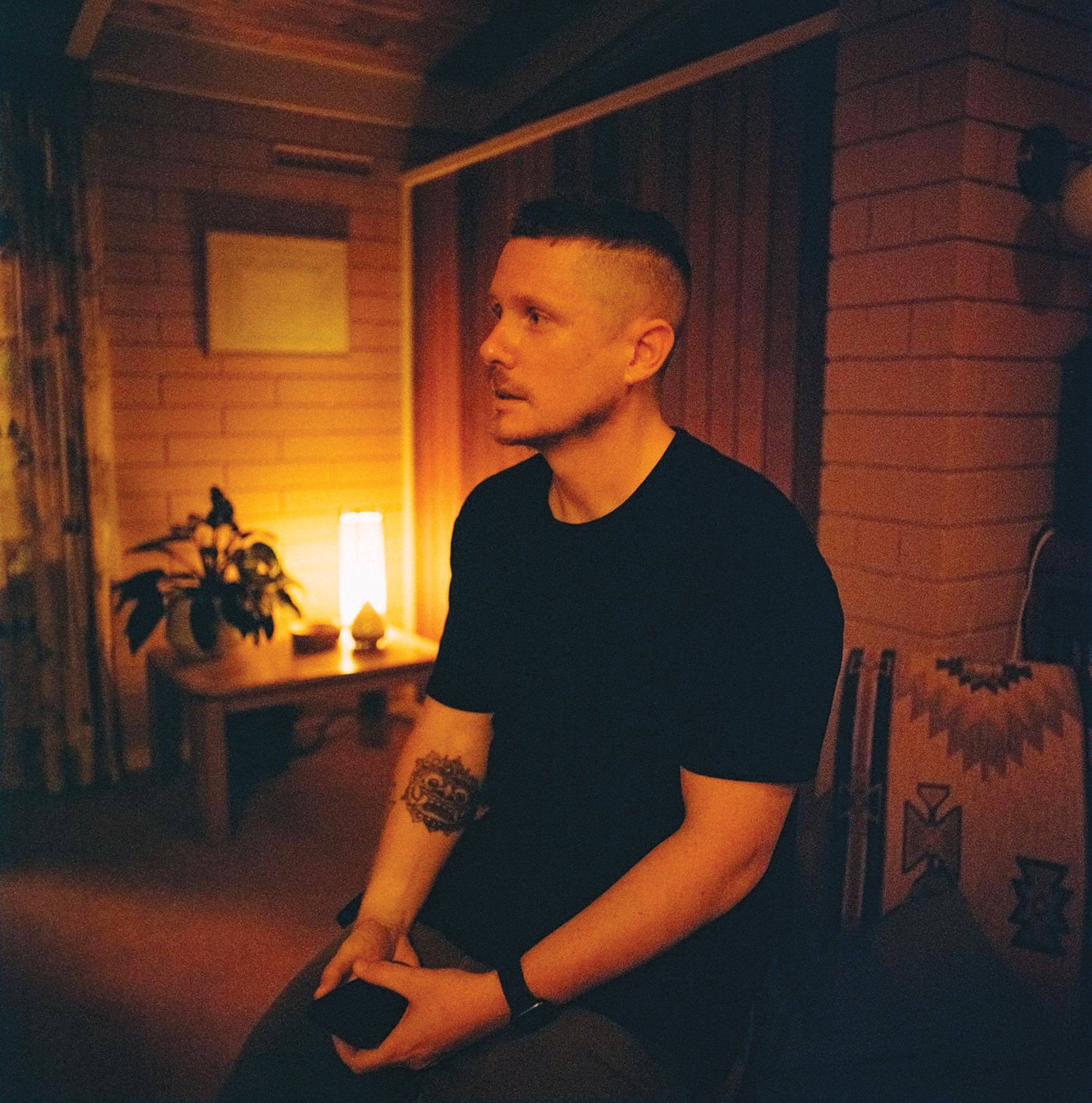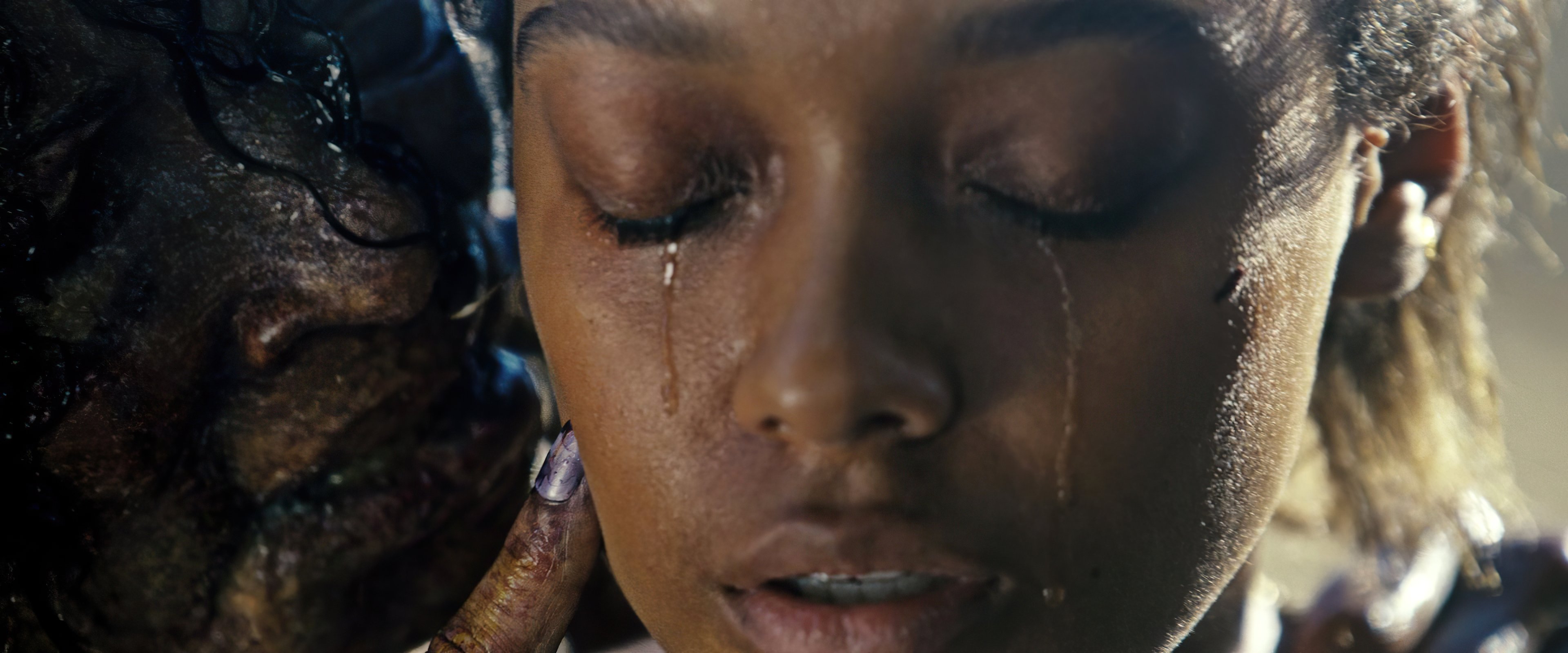
Talk to Me: Lighting With a Delicate Hand
“The driving factor for how we wanted to amplify the horror and the terror was by actually introducing a source of light that wasn’t there to begin with.”
Cinematographer Aaron McLisky, ACS was drawn to Danny and Michael Philippou’s horror film Talk to Me because “the film operates on so many levels that I’m quite proud of — it’s deeper than the surface level.”
The film, which follows a teenager, Mia [Sophie Wilde], as her friends start dabbling in conjuring spirits through an embalmed hand, deals with themes of grief, addiction and mental illness. “I just love that the genre of horror allows you to speak about these things and bring it to a broader audience,” McLisky says.
He describes the aesthetic approach as “quite complex,” noting, “I think we ignored any sort of classical horror tropes and approached it more like a drama, and that allowed us to investigate the psychological element a little bit more.”
Leaning Into Darkness
Employing an Arri Alexa Mini LF and Zeiss Supreme Primes, the cinematographer created a LUT that allowed him to lean into darkness. “I tend to instinctively light for slightly underexposed images — I find them a bit more interesting. I had to build a LUT that I knew could recover any shadow detail; or, if I needed to lift my blacks, I knew that I was protecting that. So, my LUT was actually 1½ stops under. That way, I could always lift things in the back end. We played a lot with finding certain things in the darkness.”

Contrasting Worlds
McLisky worked closely with production designer Bethany Ryan on the domestic spaces in which most of the story is set. Using practicals and keeping the look neutral, McLisky wanted to “establish contrasting worlds, because I think this film is about connection and disconnection.”
Mia’s home is a cool-toned, modern, impersonal space. “She has lost her mother, she’s estranged from her father, and everything feels quite cold and clinical,” says the cinematographer. “So, when we were looking for the location and discussing lighting, we were looking for something quite minimal. Further, we were looking at that sort of modern LED feeling, that slightly sort of bluish-green, and everything is very toplight-driven.”
By contrast, Mia’s friend Jade [Alexandra Jensen] lives in a home that’s “incredibly warm,” McLisky continues. “We went for tungsten, a more pleasing lighting. There’s clutter; there’s slightly more of that kind of feeling that you can just relax.”

Lighting the Spirit World
McLisky worked to meticulously add to the tonal sense of disconnection and foreboding, while staying mostly within the realm of naturalism with his light sources — until the actual possessions begin. “That’s when the lighting becomes more unmotivated because now we’re experiencing spirits that you can’t necessarily see. The idea was to introduce unnatural light that would amplify that feeling. So, in the first possession sequence, there’s this moment where all the lights start to flicker. The spirit is controlling this energy that’s around the character and therefore affecting the lights around everyone else.
“The driving factor for how we wanted to amplify the horror and the terror was by actually introducing a source of light that wasn’t there to begin with,” he continues. “In terms of actually pushing a stylized lighting approach, we agreed that we never really experienced the possession — it’s always from a perspective that is potentially witnessing this thing — so we never wanted the lighting to be completely surreal.”
There is just one moment in which the lighting becomes completely unmotivated: when Mia enters the world of the predator spirits. For reference, “we looked at Jacob’s Ladder and the Hell sequence from Event Horizon,” McLisky recalls. “We decided we wanted to be quite simple. The look is inspired by candlelight. We bounced a whole bunch of small Aputure MC LED units into Mylar. The LED units were at different intensities and color temperatures to mimic a fire effect, and we used a rope-and-pulley system to subtly shake the Mylar from outside the room. Then it sort of spread and danced across all these different characters and characters. It almost felt like we were in a fire-driven space. It was always lit from above so we could accentuate shadows under the eyes. If you were walking through this space, the falloff would be quite dramatic — you’d only see five feet in front of your face, and then everything else would fall into darkness. In this other world, it’s dark, it’s wet and it’s horrific.”

TECHNICAL SPECS
2.39:1
Cameras | Arri Alexa Mini LF
Lenses | Zeiss Supreme Prime






